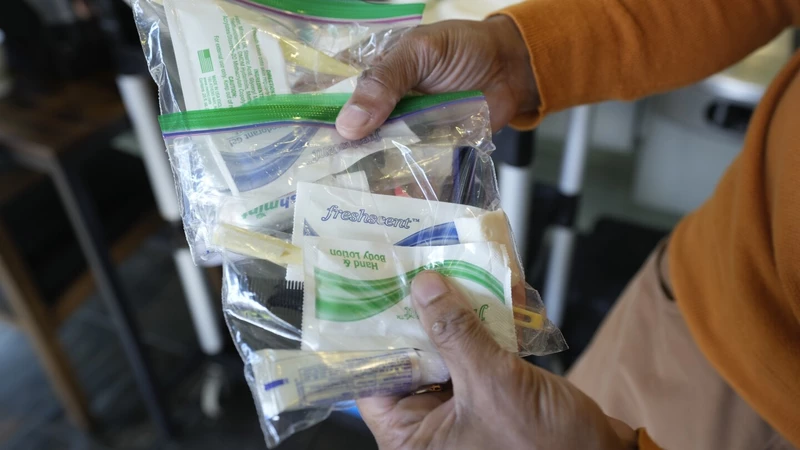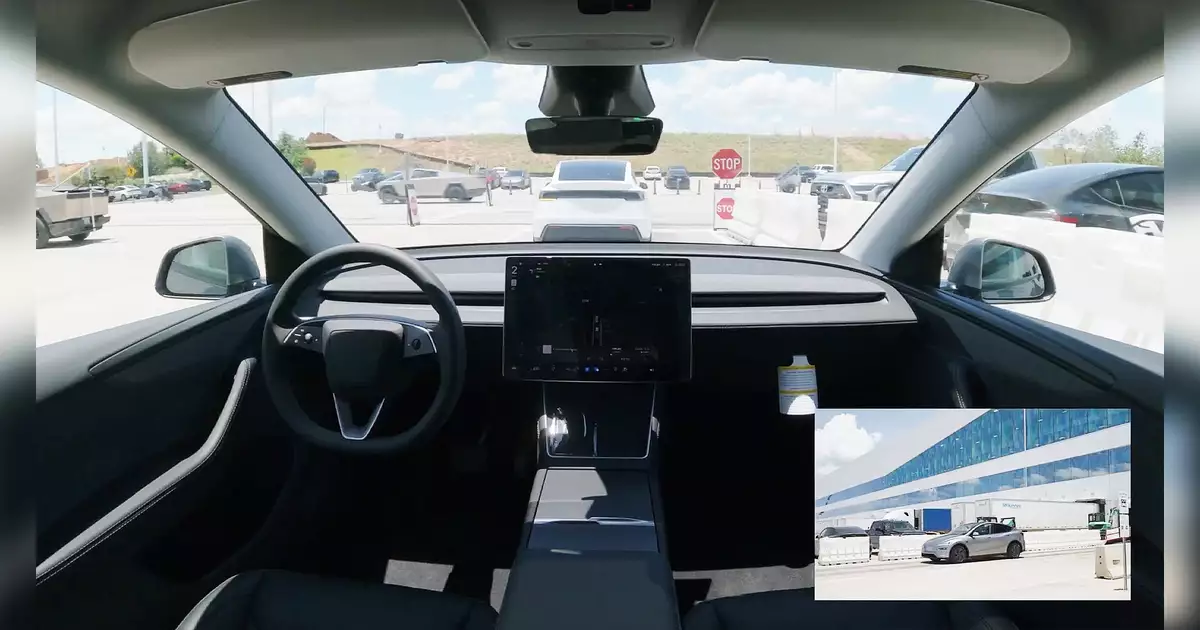California’s Golden State is facing a not-so-golden crisis – homelessness. Democratic Governor Gavin Newsom is taking a stand and urging voters to support Proposition 1, a critical ballot initiative aimed at addressing the state’s homelessness epidemic. However, this initiative has sparked a debate, with social providers expressing concerns about potential threats to programs that currently prevent individuals from falling into homelessness in the first place.
Proposition 1, slated for the upcoming March 5 ballot, proposes that counties allocate 60% of designated funds towards housing and services for homeless individuals grappling with severe mental health issues or substance abuse problems. The catch? This one-size-fits-all formula would demand rural counties, such as Butte, with a comparatively smaller homeless population, to divert an equal percentage of funds towards housing as urban hubs like San Francisco, whose homeless population dwarfs the former’s.
The sight of makeshift tents lining streets and wreaking havoc on local businesses has become an all too familiar scene in communities across California. Homelessness has emerged as a pressing and distressing issue in the state, one that could potentially haunt Newsom if he ever sets his sights on a national stage. Newsom has been a vocal proponent of laws facilitating the compulsory treatment of individuals with behavioral health challenges, positioning Proposition 1 as the linchpin in his new strategy to combat homelessness.
A recent survey by the University of San Francisco’s Benioff Homelessness and Housing Initiative unearthed troubling statistics – around two-thirds of homeless individuals in California battle mental health disorders, yet a paltry 18% have accessed recent treatment, with a meager 6% receiving addiction support. The current state of affairs is dire, with California boasting a mere 5,500 beds – a stark decline from the 37,000 available beds over half a century ago, as highlighted by the governor.
While some, like Mark Salazar of the Mental Health Association of San Francisco, vehemently oppose Proposition 1 citing humanitarian and civil rights concerns, others, such as Caminar’s CEO Mark Cloutier, argue in favor of the initiative, emphasizing the urgent need for housing and treatment facilities to steer individuals away from incarceration or emergency rooms. Hospitality House’s Joe Wilson echoes the sentiment for more housing and beds but warns against jeopardizing crucial programs, like the drop-in centers in San Francisco where former homeless individuals, like Anthony Hardnett, are empowered to rebuild their lives through skill-building activities like chess.
As California grapples with the complexities of homelessness, Proposition 1 emerges as a potential game-changer in the fight to provide shelter, support, and hope to those teetering on the edge. The stakes are high, the voices are varied, but one thing remains clear – the time for action is now.




 By
By![A person sits on a blue chair during a discussion at an event. They appear thoughtful, wearing a dark jacket and a light shirt, with a blue backdrop featuring the text "HUMAN[x]."](https://biztechweekly.com/wp-content/uploads/2025/07/metas-14.3b-scale-ai-investment-sparks-surge-in-competitor-growth-and-client-shifts-in-ai-training-market-870x570.webp)
 By
By
 By
By



 By
By
 By
By
 By
By







